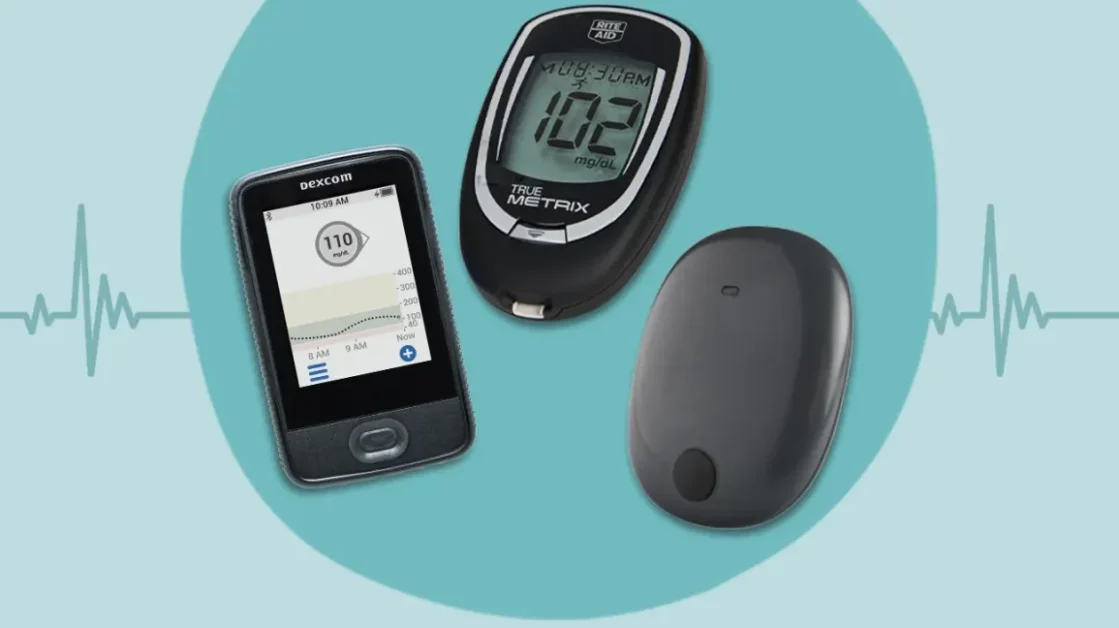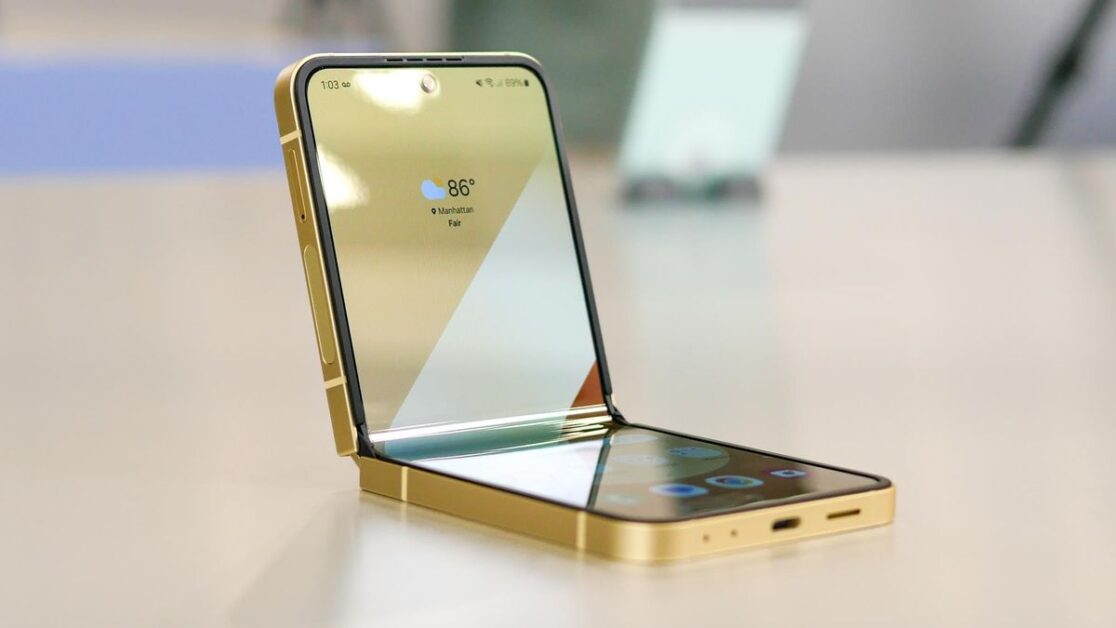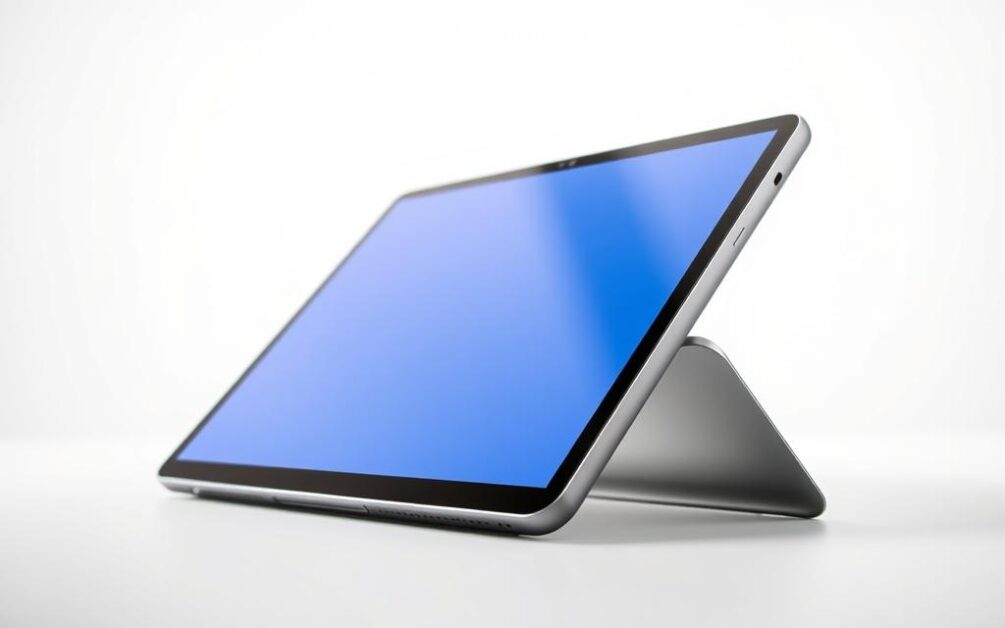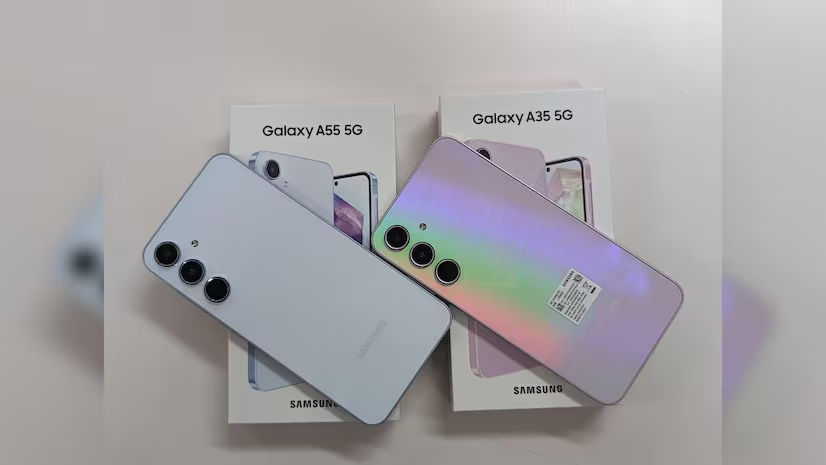Introduction
Managing diabetes requires constant vigilance—and at the heart of that effort is a reliable glucose meter. These compact devices allow people living with diabetes to monitor their blood sugar levels, adjust their medications, and maintain control over their health.
But with the growing number of glucose meters on the market—ranging from traditional finger-stick models to cutting-edge continuous glucose monitors (CGMs)—choosing the right one can be overwhelming.
This in-depth guide reviews the best glucose meters available in 2025, comparing their accuracy, ease of use, connectivity, and affordability. Whether you’re newly diagnosed or a long-time diabetic, this article will help you find the right glucose monitoring system to fit your lifestyle.
Why Choosing the Right Glucose Meter Matters
Blood glucose monitoring is a cornerstone of diabetes management. Accurate readings help:
- Prevent hypoglycemia and hyperglycemia
- Track how food and exercise affect glucose levels
- Guide insulin and medication dosages
- Reduce long-term complications
A good glucose meter should be:
- Accurate and fast
- Easy to use
- Affordable in the long term (test strip costs matter!)
- Compatible with mobile apps or software for tracking
Types of Glucose Meters
Before diving into the reviews, it’s important to understand the two primary types of glucose monitoring devices:
1. Traditional Glucose Meters (Finger-Prick Testers)
These require a small blood sample, usually from the fingertip. Results are available in seconds.
Pros:
- Inexpensive
- Portable
- No calibration needed
Cons:
- Requires regular finger-pricking
- Doesn’t show real-time trends
2. Continuous Glucose Monitors (CGMs)
These use a sensor worn on the body that measures glucose in interstitial fluid continuously.
Pros:
- Real-time glucose data
- Alerts for highs/lows
- Great for Type 1 and insulin-dependent patients
Cons:
- Expensive
- Requires calibration (some models)
- Some models need prescriptions
Top Glucose Meters of 2025 (Reviewed)
1. Freestyle Libre 3
Type: CGM
Price: ~$75 sensor (14-day use)
App Support: Yes (LibreLink)
Overview:
Abbott’s Freestyle Libre 3 is among the most popular CGMs on the market. The sensor is tiny—about the size of two stacked coins—and it sends real-time glucose readings directly to your smartphone via Bluetooth.
Pros:
- No fingersticks required
- Real-time updates every minute
- High accuracy and FDA-approved
- Compact and discreet
- Excellent app integration
Cons:
- Sensors need to be replaced every 14 days
- Can be costly without insurance
- Not compatible with all phones
Best For: Tech-savvy users and insulin-dependent diabetics looking for real-time tracking.
2. Dexcom G7
Type: CGM
Price: ~$120 per sensor (10-day use)
App Support: Yes (Dexcom app + Apple Health + Fitbit)
Overview:
The Dexcom G7 continues Dexcom’s legacy of top-tier CGM technology. It’s praised for its low-profile design, exceptional accuracy, and seamless integration with smartwatches and insulin pumps.
Pros:
- Fast warm-up time (30 mins)
- Works with Apple Watch
- Alerts for highs/lows
- FDA-cleared for use in children
Cons:
- Shorter sensor lifespan than Libre
- Expensive without insurance
- Slight learning curve
Best For: Patients who want advanced, connected monitoring with customizable alerts.
3. Contour Next One
Type: Fingerstick
Price: ~$20 (meter) + test strips
App Support: Yes (Contour Diabetes App)
Overview:
The Contour Next One is widely regarded as one of the most accurate traditional glucose meters. It uses smart light technology to give instant feedback on your readings and syncs effortlessly with your smartphone.
Pros:
- High accuracy and consistency
- Affordable and widely available
- 5-second readings
- Easy-to-use interface
- Syncs with apps for data tracking
Cons:
- Requires finger pricks
- App interface could be better
Best For: Budget-conscious users looking for accurate traditional monitoring.
4. OneTouch Verio Reflect
Type: Fingerstick
Price: ~$30 (meter) + test strips
App Support: Yes (OneTouch Reveal App)
Overview:
The Verio Reflect provides more than just readings—it gives personalized insights and coaching tips based on your results. It’s ideal for users who want a bit more guidance and motivational prompts.
Pros:
- Color-coded feedback (low/target/high)
- Digital coaching
- Pairs with OneTouch Reveal for trends
- Easy navigation
Cons:
- Test strips are more expensive
- Bulkier than others
Best For: New users who want guidance and visual feedback.
5. Accu-Chek Guide Me
Type: Fingerstick
Price: ~$15 (meter) + strips
App Support: Yes (mySugr App)
Overview:
From Roche, the Accu-Chek Guide Me is a solid option for those who want simplicity. It uses a spill-resistant test strip vial and features large numbers and a bright backlight for easy reading.
Pros:
- Affordable
- No-spill test strip vial
- Very user-friendly
- Works with mySugr app
Cons:
- Not as many features as others
- Lacks trend analysis
Best For: Seniors and users who prefer simple, straightforward devices.
Features to Consider When Buying a Glucose Meter
✔️ Accuracy
Accuracy is non-negotiable. Look for meters that meet or exceed FDA standards (±15% accuracy 95% of the time).
✔️ Ease of Use
Touchscreens, intuitive menus, and color-coded feedback make daily monitoring easier.
✔️ Data Storage & Connectivity
Bluetooth syncing, mobile apps, and cloud storage help you track and share your data with doctors.
✔️ Cost of Supplies
Meter prices are often low—but the real cost lies in the test strips and sensors. Factor in monthly supply expenses.
✔️ Portability
If you’re often on the go, opt for a compact model with a durable case.
Insurance and Prescription Considerations
- CGMs like the Dexcom G7 and Freestyle Libre 3 often require a prescription and prior authorization.
- Insurance may cover the cost of meters and test strips, especially for those with Type 1 diabetes or insulin dependence.
- Always check with your provider to determine what’s covered under your health plan.
Tips for Getting Accurate Readings
- Wash hands before testing
- Use a fresh lancet every time
- Keep meters and strips at room temperature
- Check expiration dates on strips
- Perform control tests periodically
Conclusion: Which Glucose Meter Is Right for You?
There’s no one-size-fits-all solution when it comes to glucose monitoring. Here’s a quick summary:
- Best Overall CGM: Dexcom G7 – for advanced real-time tracking
- Best Budget CGM: Freestyle Libre 3 – accurate and affordable over time
- Best Traditional Meter: Contour Next One – consistent and app-connected
- Best for Beginners: OneTouch Verio Reflect – with coaching and visual aids
- Best for Simplicity: Accu-Chek Guide Me – easy, reliable, and affordable
No matter your choice, the best glucose meter is the one that fits your lifestyle and helps you stay in control of your health.
Discover more from Techy247
Subscribe to get the latest posts sent to your email.










